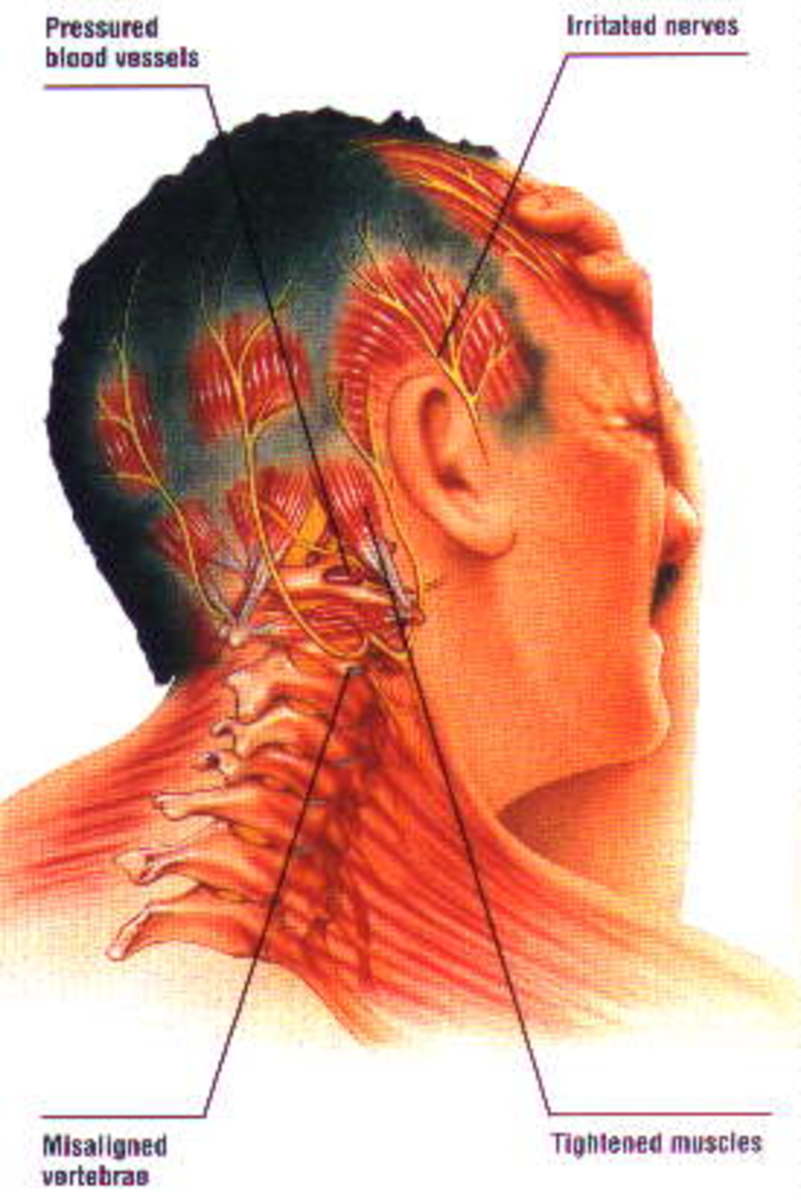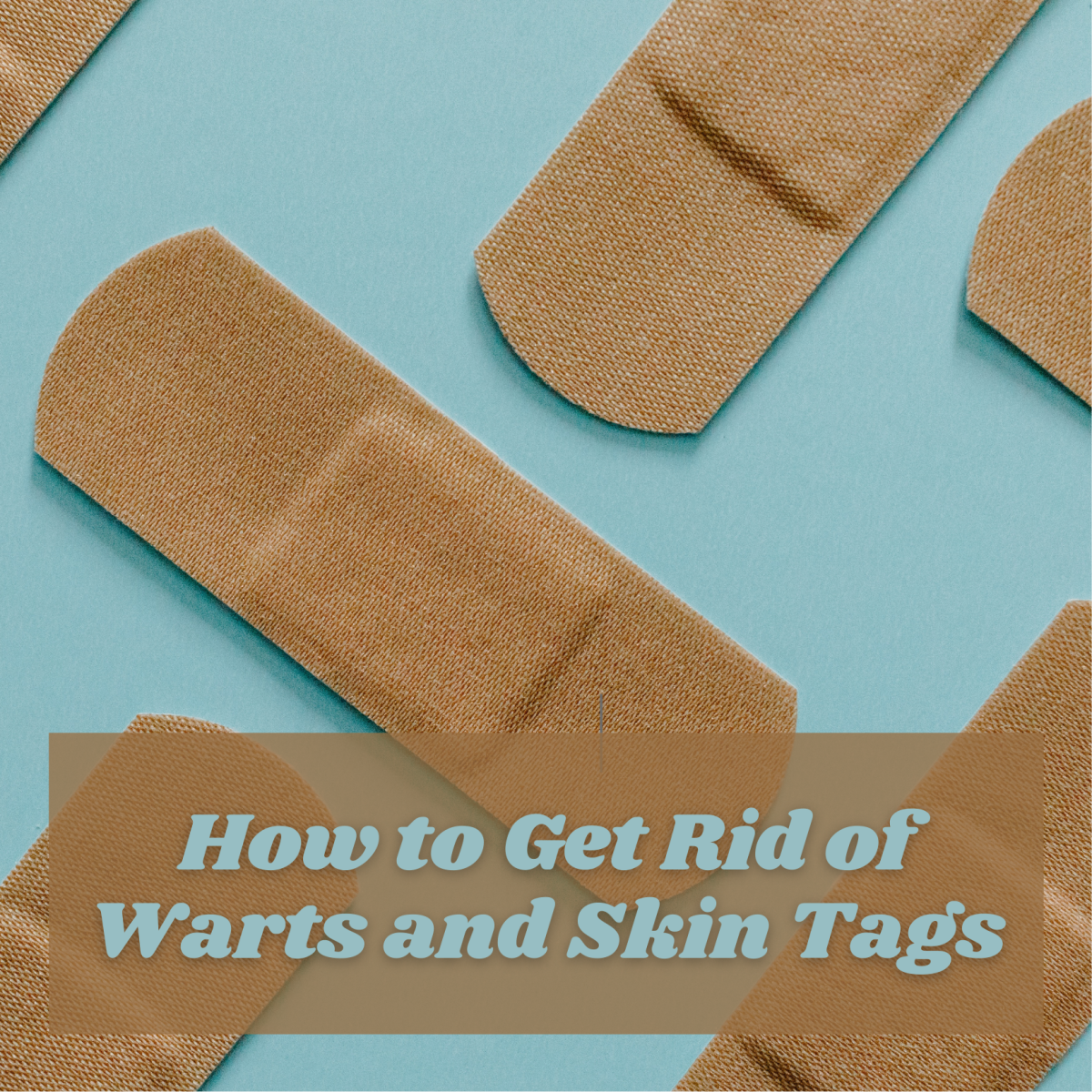A Deeper Look Into Body Misalignments
What is Body Misalignment?
Body misalignment is a deviation of the anatomy's actual position from the ideal position, causing poor posture and compensations. Depending on the severity, a body misalignment may or may not be visually obvious or cause major issues. It is common for everyone to have some form of body misalignment caused by factors ranging from past injuries, poor surroundings' environment, wrong gear sizes and even not getting enough physical activities during key phases of growing up.
While it is easy to visualize body misalignment, the understanding of why some of the more abstract reasons cause body misalignment does not come very intuitively. This is because the body is a deeply complex system that can get affected by a lot of things. Something as abstract as not getting enough physical activity as an adolescence can cause certain regions of the brain to be underdeveloped during important phases of one's life, causing poor motor control leading to body misalignment.
Instead of going into the complexity of the different bodily systems, this article focuses on managing body misalignment without going in-depth into how these systems cause body misalignment.
Body Misalignment
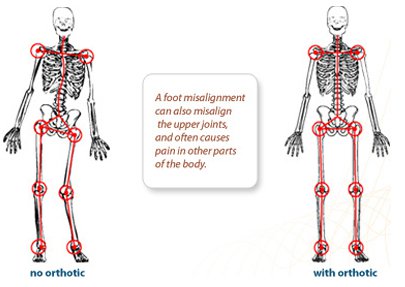
Complexity of the body makes it susceptible to misalignment
Everything you did or did not do enough from young can have far reaching effects on your body alignment. This is due to how complex the bodily system works as a whole. The organs, nervous system, sensory receptors and even handling of emotional stress can affect body alignment.
Common causes of Body Misalignment
Despite the complexity of the reasoning behind body misalignment, some causes can still be briefly explained in a simplistic manner.
Injury is a common cause of body misalignment. When injured, the body has to rely on the other non-injured parts to continue movement and to maintain posture, leading to compensations and thus sub-optimal body alignment. To make matters worse, an injury can lead to structural issues, potentially causing a misalignment to be permanent.
Harsh surroundings' environment can cause body misalignment. In colder climate, the body freezes up. At higher altitudes, like on top of a mountain, where the air pressure is lower, respiration is more challenging, making it harder to breath. Both cause the body posture to change under discomfort, leading to misalignment to the body.
Undersized foot wear can cause body misalignment. Foot wear that are too tight and restrictive, like boots, can cause discomfort to the feet, restricting the toes' natural movements. This affects the feet's alignment, subsequently, the whole body.
Poor motor development during key phases of growth in the form of having insufficient time to crawl as a baby and walk independently later can cause incomplete development of the brain. This leads to other physical features like the foot arches to be not optimally controlled, leading to misalignment. This also leads to other muscle imbalances, which further reinforces the misalignment.
Tight and restrictive boots contributing to Body Misalignment
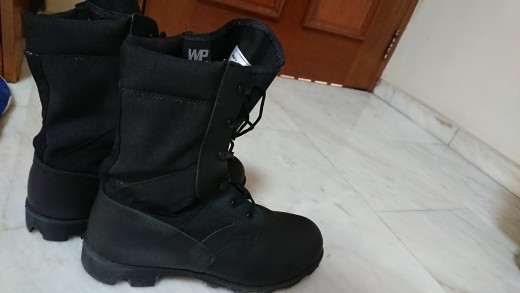
Ways to manage Body Misalignment
There are a number of things to address in order to manage body misalignment.
The first thing to address is structural issue. A structural issue can be any deformity in a bone or joint, like bunion, lax joints at at knees, shoulders or elbows, or in the case of a physical trauma, a herniated disc or torn tendon/ligament. Personally, I have a torn tendon on my right side big toe first knuckle, which is a structural issue that I had to deal with, that I mentioned in a separate article dealing with structural issues. To address a structural issue, implement targeted strengthening on the involved body part, followed by adjacent parts which would usually affected by the part directly involved. This targeted strengthening involves either just stabilizing the affected regions or mobilizing them too. Subsequently, do core activation works to realign the spine to overcome the possible compensations caused by the structural issue.
The next thing to address is spinal distortion. A distorted spine can happen at either of the three regions, lumbar, thoracic or cervical, involving the vertebrae being out of their natural positions. This can be solved by adjusting the relevant vertebrae, which can be any among L1 to L5 for lumbar, T1 to T12 for thoracic, or C1 to C7 for cervical.
Next, address sensors mis-adjustment. Mis-adjusted sensors, aka neuroreceptors, lead to poor perception of the surroundings, leading to poor body positioning both at rest and in motion. This can be done by addressing lazy eyes, misaligned jaws, deep skin scars, foot arch and body receptors. These individual sensors can be explained more thoroughly in a separate article.
Moving on, we have to address external factors which include equipment, like footwear and clothing, surroundings, like climate (temperature), air pressure and air pollution index and physical setups. For equipment, footwear has been explained in previous sections. Clothing wise, tight fitting compression materials worn over prolonged periods can cause restrictions to the body's fluid circulation, leading to poor muscle activation and thus misalignment. As for environment, temperature and air pressure has been explained in previous sections. Air pollution index, similar to air pressure, can cause challenges in breathing, causing the body posture to change to result in body misalignment. Physical setups refers to the body positions people are put in due to the structures or things in the external environment, relating to either work desk and chair height, adjustments of carrying/sling bags or even set up of gym equipment and getting in and out of an exercise.
Lastly, we have to address muscle imbalances to manage body misalignment. This is the one component that gets affected if anything mentioned above are not addressed, since those will cause over and under active muscles. However, it is important to not fall into the trap of just zooming in to this one factor only right from the start as the other factors mentioned above might be a bigger contribution to body misalignment. After all, addressing muscle imbalances can be pretty technical and should be addressed last if all the above has been addressed optimally to minimize the technicality and complexity. Due to the technical nature of this sub-topic, separate articles will be dedicated to this for more coverage to allow a good glimpse of it.
Manage Body Misalignments overview
Structural issue
| Spinal distortion
| Sensors mis-adjustments
| External factors
| Muscle imbalances
|
|---|---|---|---|---|
Stabilize
| Cervical
| Eyes
| Equipment
| Lower body
|
Mobilize
| Thoracic
| Jaws
| Environment
| Upper body
|
Core works
| Lumbar
| Deep skin scars
| Physical setup
| Spine
|
Foot arch
| Others
| |||
Body receptors
|
Structural Issue: right big toe torn tendon on first knuckle
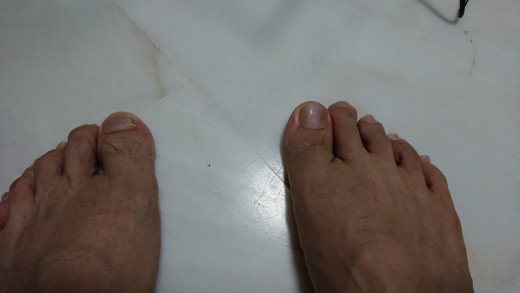
Sensor mis-adjustment: lazy eye
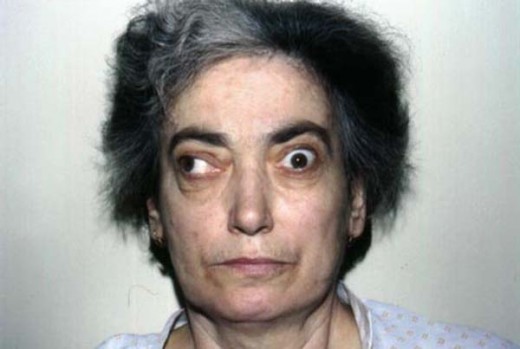
External factors: surroundings' air pollution

Conclusion
To conclude, everyone has very high chances of having body misalignment due to range of reasons we can have it. While the science behind the reasons can be complex, the things to look out for are very simple.
Among the four different factors to address to manage body misalignment, structural issue, sensors mis-adjustments, external factors and muscle imbalances, which one can you relate to the most? Share with me in the comments below!
Pain relief by Managing Body Misalignments
I do work closely with individuals to relief chronic and recurring pain by managing body misalignments as part of a holistic pain solution illustrated in my other article "Permanent Relief From Recurring Pain".
In managing body misalignments, I work on managing structural issues, addressing sensors mis-adjustments, and managing muscle imbalances, illustrated in my other articles "Pain Relief From Structural Issues", "A Deeper Look Into Addressing Sensors Mis-adjustments" and "A Deeper Look Into Muscle Imbalances".
Contact me for more information if you are looking to manage structural issues, address sensors mis-adjustments, manage muscle imbalances or holistically overcome ongoing pain!
© 2019 Bing Xi

